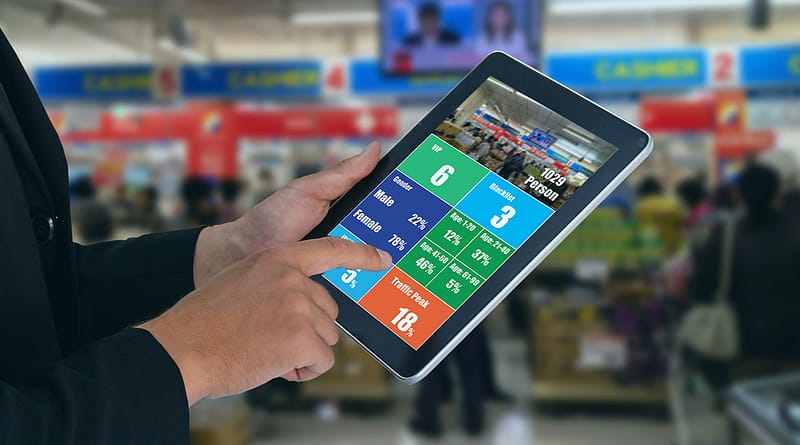Embracing the Future of Retail Analytics: Why AI-Trained Single Lens CCTV Systems are your Best Bet
In a world increasingly reliant on data, retailers are turning to innovative technologies to understand their customers better and optimize their businesses. As we enter a new era of retail analytics, one of the burning debates is between the 3D Stereo People Counting and AI-Trained Single Lens CCTV Systems. While both have their merits, the latter is emerging as a favoured solution, providing a suite of benefits that make it an appealing choice for retailers. Let’s delve deeper into these two technologies to understand why the balance is tilting towards AI-Trained Single Lens CCTV systems.
Exploring 3D Stereo People Counting Systems
3D Stereo People Counting Systems are advanced technologies that utilize stereo vision to identify and count individuals. Their prowess lies in their depth perception, enabling them to accurately determine the presence and movement of people in three-dimensional space.
While these systems have their benefits – such as superior depth perception and crowd management capabilities, they are not without limitations. 3D Stereo People Counting systems require a significant investment, as new hardware and specialised installations are necessary. Moreover, these systems can sometimes struggle in low-light scenarios, which could compromise the accuracy of data.
Unveiling the Power of AI-Trained Single Lens CCTV Systems
Conversely, AI-Trained Single Lens CCTV Systems bring forth a revolution in retail analytics. These systems leverage machine learning algorithms to count individuals, track their movements and derive insightful data. What sets these systems apart is their ability to learn and adapt to specific scenes, thereby continually enhancing their efficiency.
Leverage Existing Infrastructure: AI-Trained Single Lens CCTV systems can utilise existing CCTV hardware, making the switch seamless and cost-effective. No significant investments are necessary to upgrade your hardware.
Inherent Learning Capabilities: These systems improve with time, courtesy of their learning capabilities. As the system familiarises itself with your specific scenes, its accuracy improves, making for a continually evolving and enhancing solution.
Holistic Analytics: These systems do not stop at counting individuals. They extend their services to provide detailed insights into customer journeys, dwell times and heat maps, offering a comprehensive view of your retail performance.
Although these systems require an initial training phase and their performance is subject to the quality of the algorithm, these minor drawbacks are outweighed by the array of benefits on offer.
The Ideal Choice for Modern Retailers: AI-Trained Single Lens CCTV Systems
As we juxtapose the 3D Stereo People Counting systems against the AI-Trained Single Lens CCTV systems, it’s clear why the scales tip towards the latter. Retailers who opt for AI-Trained CCTV systems can leverage their existing infrastructure, eliminate significant hardware costs and benefit from a system that continually learns and improves.
Moreover, AI systems deliver a comprehensive suite of data points – far beyond merely counting individuals. By mapping customer journeys, gauging dwell times and providing heat maps, these systems enable retailers to truly understand their customers and optimize their strategies.
In an era marked by constant innovation and evolving customer needs, it is clear that AI-Trained Single Lens CCTV systems are more than just a trend; they are the future of retail analytics. To explore how these systems can revolutionize your business, get in touch with Retail Sensing today for a tailored consultation.
